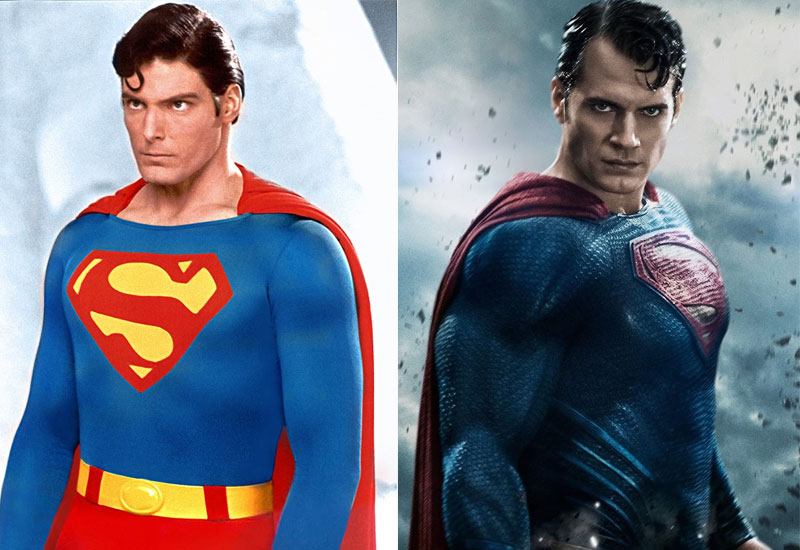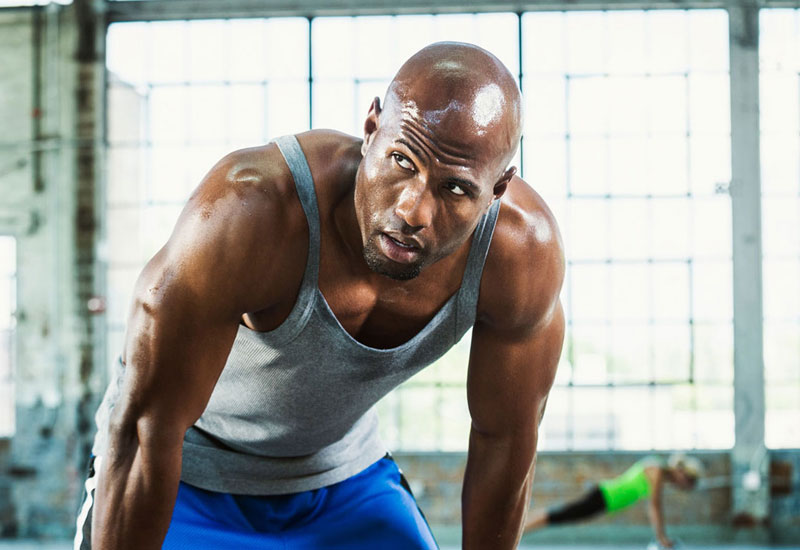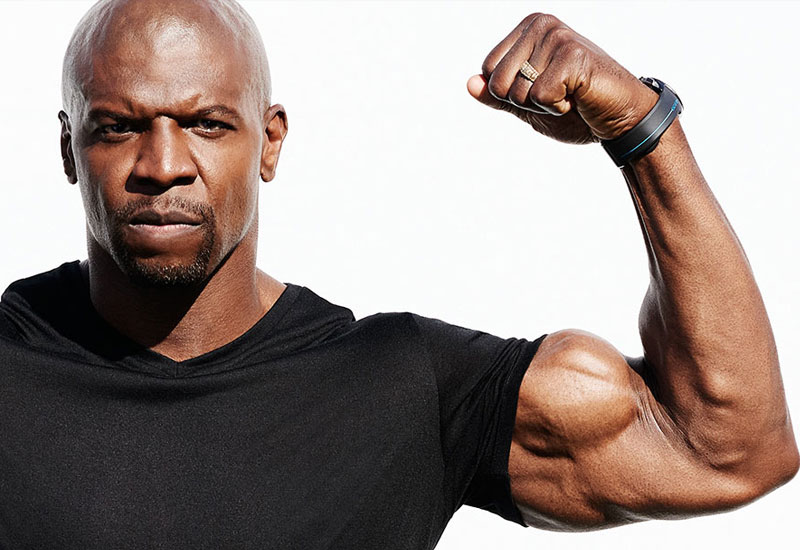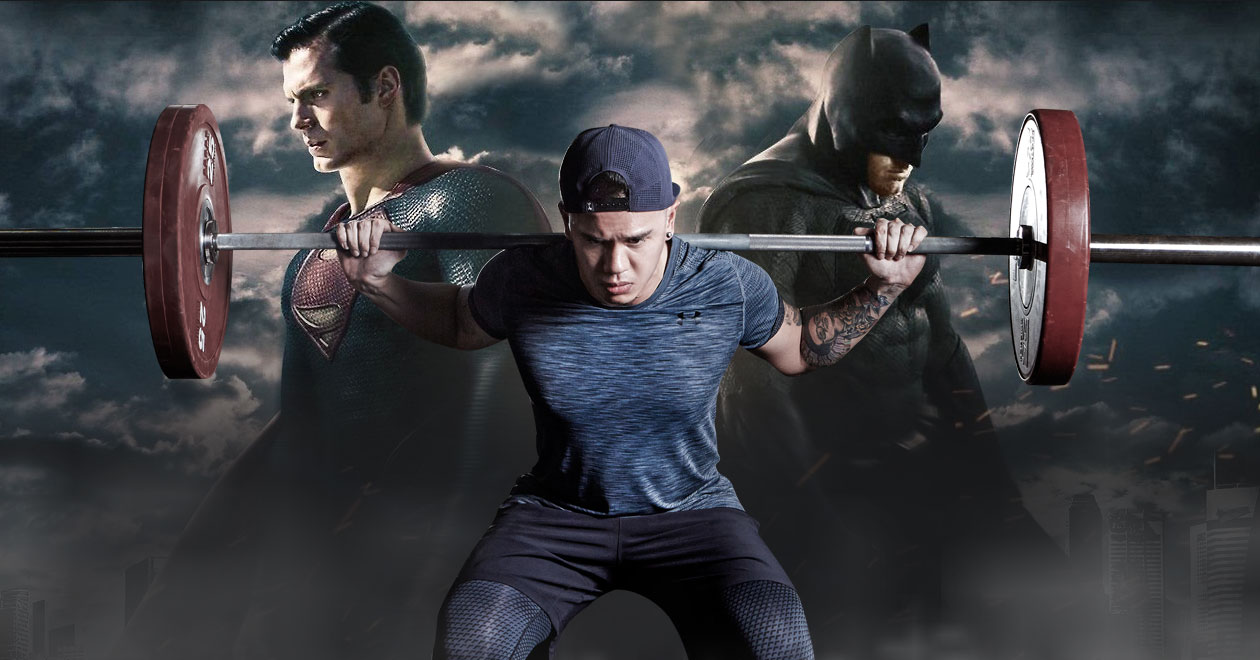Fitness instructor Nicholas Mak and clinical psychologist Dr Chua Sook Ning delve into the dark side of gym culture, where fitness borders obsession.

In October, a 15-year-old Australian boy was crushed under 100 kg weights when lifting unsupervised at a gym. There are many questions to be asked of this tragedy, chief of which may seem obvious, but not any less necessary: Why was a teenager bench pressing 100 kg?
“There is a real drive towards being buff and muscular – weightlifting is much more popular than it was 30, 40 years ago,” tells clinical psychologist Dr Chua Sook Ning of Relate Malaysia.
Fitness instructor Nick Mak started the country’s first women-only gym, KOA Fitness, to provide a safe haven for women who want to work out without inhibitions and insecurity. Whether you are a single mother or career women, the idea is you come to KOA to escape from the grind of daily life, recharge, and leave with a refreshed sense of satisfaction. In this sense, escapism is needed – in fact, Nick points out that almost everyone who steps through KOA’s doors are looking for just that.
However, on the flipside of the coin, obsession can easily rear its ugly head. We’re talking about countless hours in the gym, extreme diets and supplement plans, all for the pursuit of the ideal body; the 15-year-old whose weightlifting became a death sentence.
Illusion of invincibility

For many, the fitness journey is a long, complicated one. Nick himself went from Muay Thai, to weight training, cross fit, and weightlifting, before finding what he needed in the holistic approach. His goals varied accordingly – to be lean, to be jacked, or to move like a panther.
He admits he had a phase where he thought ‘bigger is stronger’ too. “What I learnt through all this was that mistakes happens when I’m careless. Today my wrist and knee injuries still affect me, because at one time I didn’t take it slow, thinking I was invincible.”
This sense of invincibility has silently dictated, for so long, that men did not feel the same body image pressures women do – but why wouldn’t they? For every skinny runway model, there is a jacked-up superhero. Captain America, Wolverine, Superman – not only have their big-screen versions gotten bigger, so have the corresponding action figures little boys play with.
“The naked male body is a lot more common today, often associated with being desirable and a winner. Muscularity is therefore an idea people can strive to,” says Dr Chua. The problem, she says, is with the sense of immediacy associated with results, that ordinarily, would take years of dedication to attain.
Nick agrees. “The problem is that we want everything now. When guys want to take a short cut, that’s when steroids and dope come into play. It’s very common in bodybuilding – they take too much fat burners, which destroys their liver and immune system,” he shares.
Of course, it is unwise to charge forward without a thorough understanding of your body’s limits. To the man chasing ideals instead of personal fitness goals, protein shakes, supplements and the like appear enticing.
Contrary to popular belief, six packs and chiselled abs are not the be-all-and-end-all of fitness. Like Nick says, it’s just unrealistic for a stocky man to strive towards that lean, Brad-Pitt-in-Fight-Club physique.
“We tend to focus on form and shape when it comes to muscularity. As long as it looks good, it’s hard to realise the negative effects,” says Dr Chua.
Beyond surface level
 This does not discredit the benefits of exercise in any way. With the burden of ideal manliness, however, the vulnerable human seeks to fill a round shaped-hole with a square peg – misled by extrinsic motivation and driven by poor understanding of their body, one is more likely to take short cuts or fall into extremes.
This does not discredit the benefits of exercise in any way. With the burden of ideal manliness, however, the vulnerable human seeks to fill a round shaped-hole with a square peg – misled by extrinsic motivation and driven by poor understanding of their body, one is more likely to take short cuts or fall into extremes.
It doesn’t help that portrayals of physical machismo seem so effortless in magazines and TV screens. Faced with the reality of the hard work that goes into attaining that dream bod, many take a blow to self-esteem when they fail to match their heroes. This is when interest becomes obsession, with men falling into unhealthy habits, as well as extreme dietary and training practices.
Nick tells of two opposing camps. On one end, you have the guys who will eat anything under the sun as long as it helps them bulk up. On the other, guys who deprive themselves of all tastes and would rather blend food than go through the experience of eating. Neither of these are healthy for the body or mind.
We need to stop putting juice heads on magazine covers, because guys look at that and go ‘I wanna be that.’ – Nick Mak
If this seems like an unlikely health issue, that’s because it bears no obvious symptoms. Dr Chua points out that we address obesity a lot more because it is associated with physical signs of illness, but with muscularity, one tends to think ‘This guy looks really healthy, what could be wrong with him?’ – which dismisses the mental impact.
From this insatiable, misdirected drive stems substance abuse, food disorders, and a general sense of dissatisfaction. Just like people with bulimia may appear normal, tell-tale signs of masculine struggle could be hiding in the unhealthy measures men go through to achieve their dream physique.
Here’s the kicker, though – with body image dissatisfaction, nothing seems to be enough. In extreme cases, it develops into body dysmorphia, where one’s self image and confidence is utterly warped. Portrayal of illogical muscular ideals means more men are going to the gym with the purpose of beefing up to seek acceptance, health benefits being a mere bonus.
“We need to stop putting juice heads on magazine covers, because guys look at that and go ‘I wanna be that’,” Nick says.
Weight of strength

Women are increasingly celebrating body acceptance and diversity, but the male ideal seems to only move further from reach.
“While women now emphasise acceptance of all body shapes, men body shaming still happens, and is even seen as funny. There are double standards,” Dr Chua points out. She goes on to say that since general culture still associates talking about feelings with women, men – especially in Asian culture – tend to distance themselves from it.
Only recently have we begin to see the shift for women – size zero figures are no longer the goal, which is a huge step forward for general health over body aesthetic. In a time when progressive conversation is centred on women’s rights, though, men’s plights seem to get lost in the noise.
One of the greatest boons of progress in our time is that we get to re-determine what age-old concepts mean. Strength, for instance, doesn’t have to fit the mould of a ripped, aggressive man. Neither does it mean burying your insecurities and emotions to the extent of self-damage.
When Terry Crews came forward to say he had been sexually harassed, it’s safe to say reactions were mixed. Perhaps it’s less safe to say that most of us were thinking ‘How can a guy that looks like that be harrassed at all?’, but it wouldn’t be far from the truth.
We associate masculinity with an overarching strength that leaves little room for men to be honest about things that are not deemed ‘manly’. We tell boys to suck it up because men don’t cry. But for the benefit of mental health and happiness, men should be able to voice their concerns, insecurities and emotions, just like women have learnt to be more independent and self-secure. That just sounds like equality, doesn’t it?










